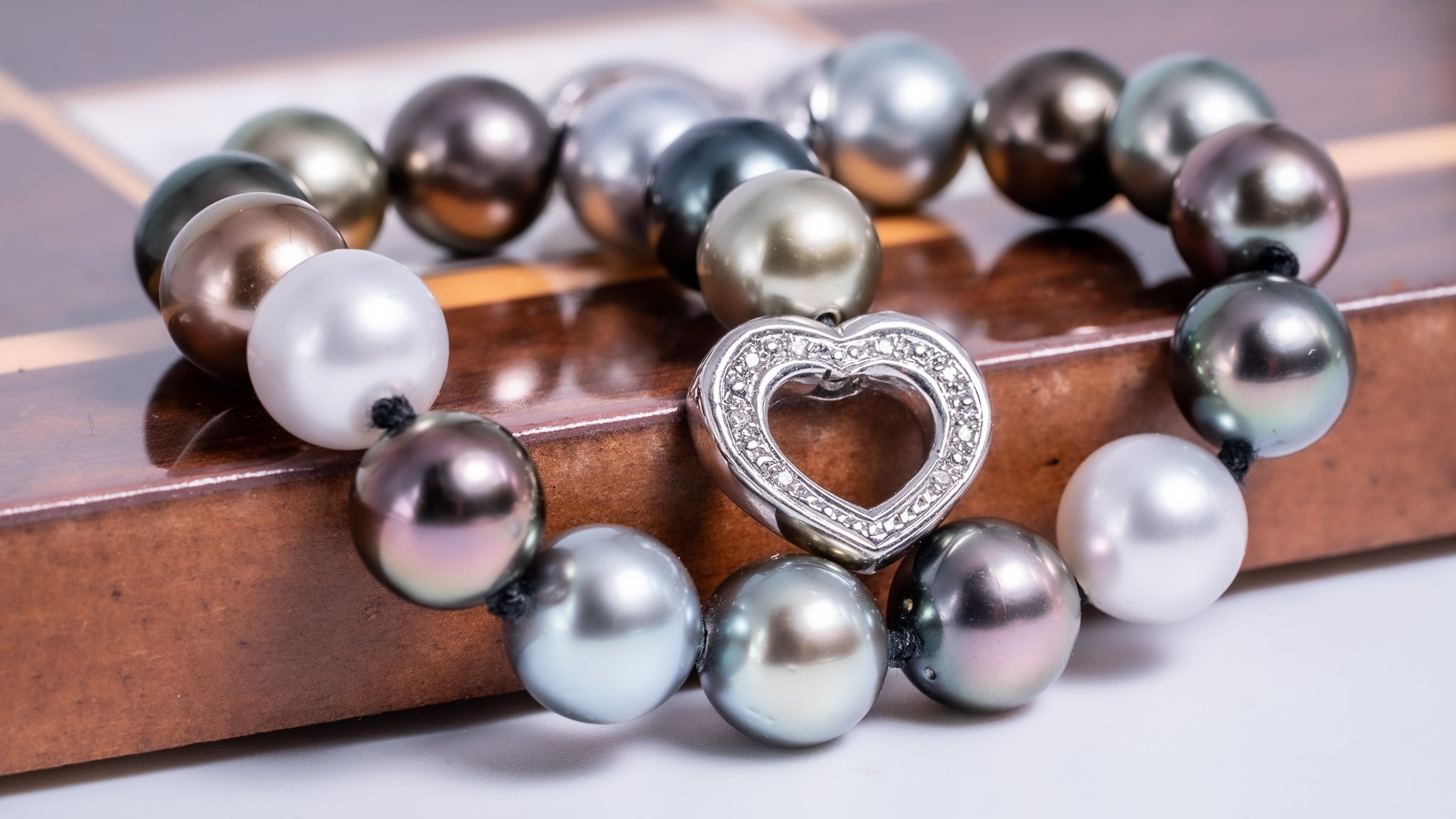
The Long Journey of Tahitian Pearls
Tahitian pearls, which have conquered the world for more than a decade with their beauty and elegance, are without a doubt among the most mysterious and enigmatic jewelry in the world.
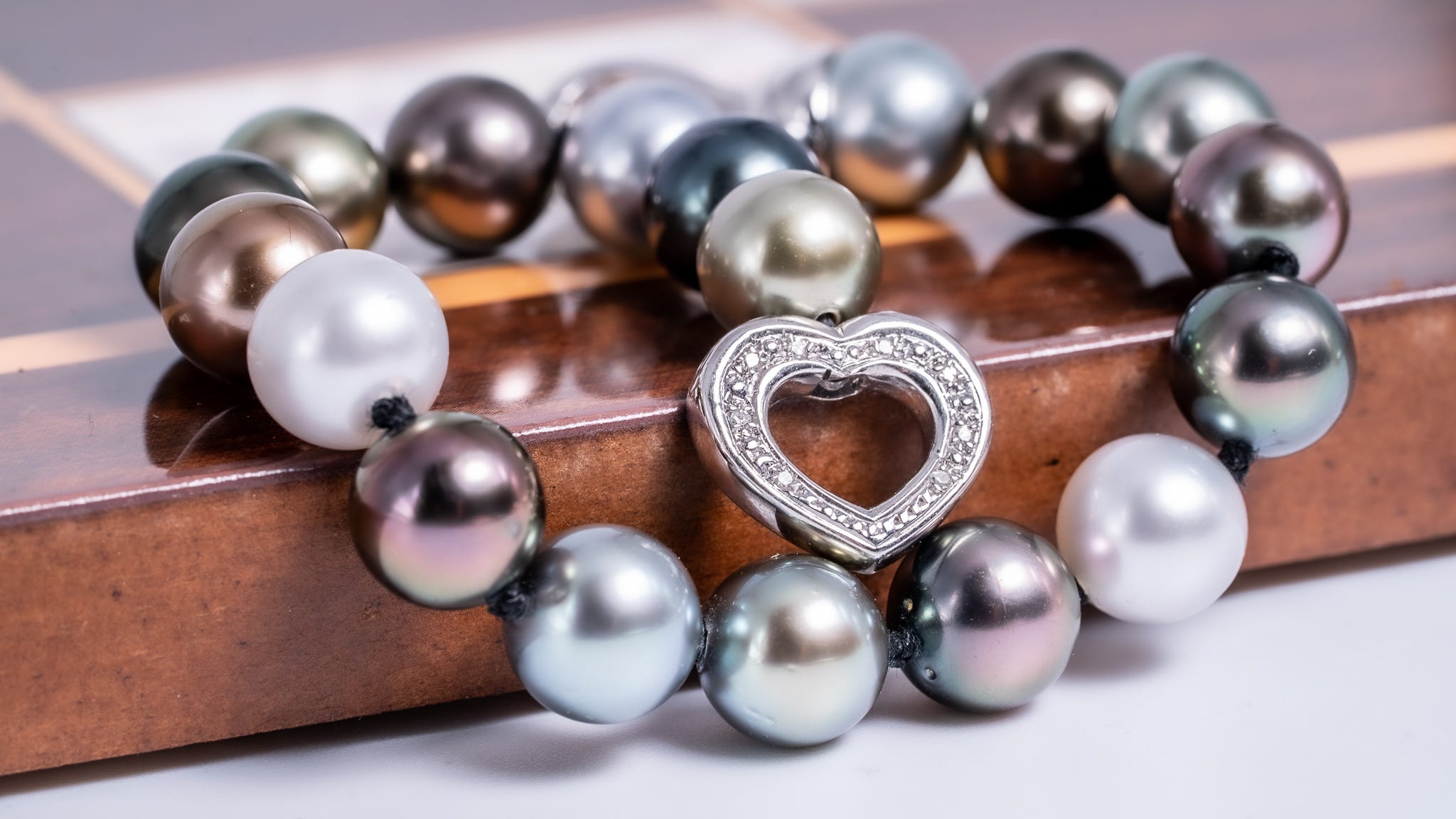
Whether because they originate in the middle of the vast Pacific Ocean or because when we see them, they are most often a component of a piece of jewelry, a necklace or earrings, we rarely ask ourselves how these wonders of nature reach us.
Tahitian pearls, like all other pearls, are organic gems that form inside mussels. Tahitian (or “black”) pearls are born from “pinctada margaritifera” known as black-lip oysters, which are present in French Polynesia region’s waters. Of course, this is not the only place where this type of mussel grows, but they truly thrive in this area of French Polynesia. It is no coincidence that this is where the biggest producers of “black” pearls are, and Tahiti is proudly representing all of theses islands.
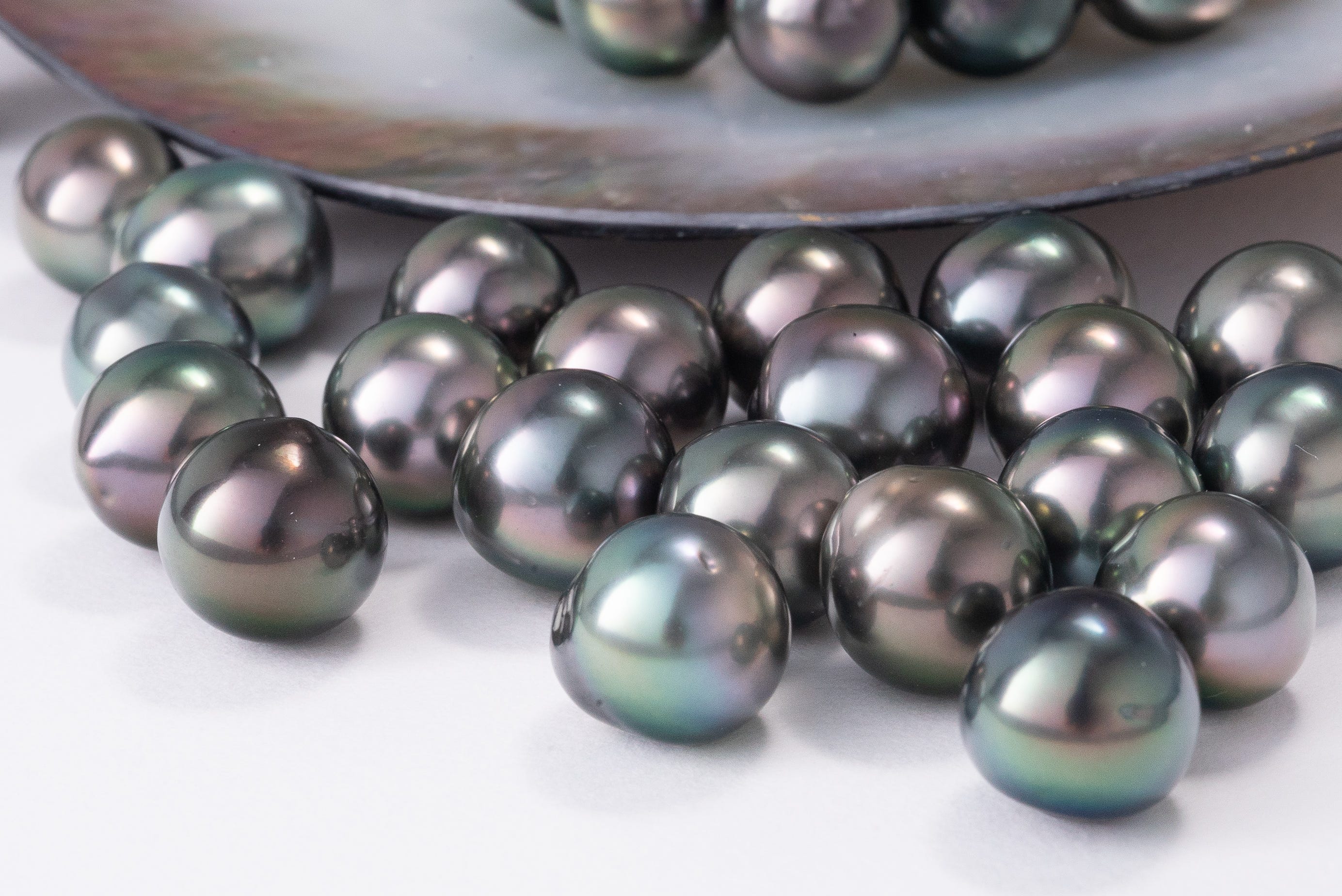
What distinguishes Tahitian pearl from other jewelry is that most manufacturers are family enterprises engaged in pearl farming. There is no single colossal corporation that spews hundreds of thousands of pearls and exploits the local population and resources. On the contrary, these farms provide food for the locals, and competition between them forces them to offer the highest quality product. Proof of this is the incomparable leap in the Tahitian pearl’s quality in the last decade.

The formation of the pearl is a long process, which begins with a surgery. For the pearl formation to start, the outer shell of the oyster must be damaged. In response, the mantle tissue produces a secretion called “nacre.” It is an inorganic mineral composite composed of calcium carbonate and a protein called conchiolin. For at least two years, this accumulates in layers until a pearl form inside the shell.

In order for a Tahitian pearl to reach the market, it must mature in the “stomach” of the oyster for at least 18 months and up to 36 months. The size of the mussel, in turn, allows the pearl itself to acquire larger dimensions. Most often, the pearl size is between 8 and 14 mm. In some cases, it grows to more than 20 mm. Size always matters with pearls, and to learn how it affects the price, check out this article.

Unlike white pearls, which need to be artificially coloured in darker and pinker shades by injecting cobalt chloride into the mussel tissue, the Tahitian pearl naturally acquires its dyes. Each black lip oyster has a different chemical composition inside its shell and, depending on the environment in which it grows, produces a different and unique pearl colour. They range from dark black to pink-green and light gray. In addition to the magnificent variety of colours is the lustre cultured Tahitian pearls are renowned for.
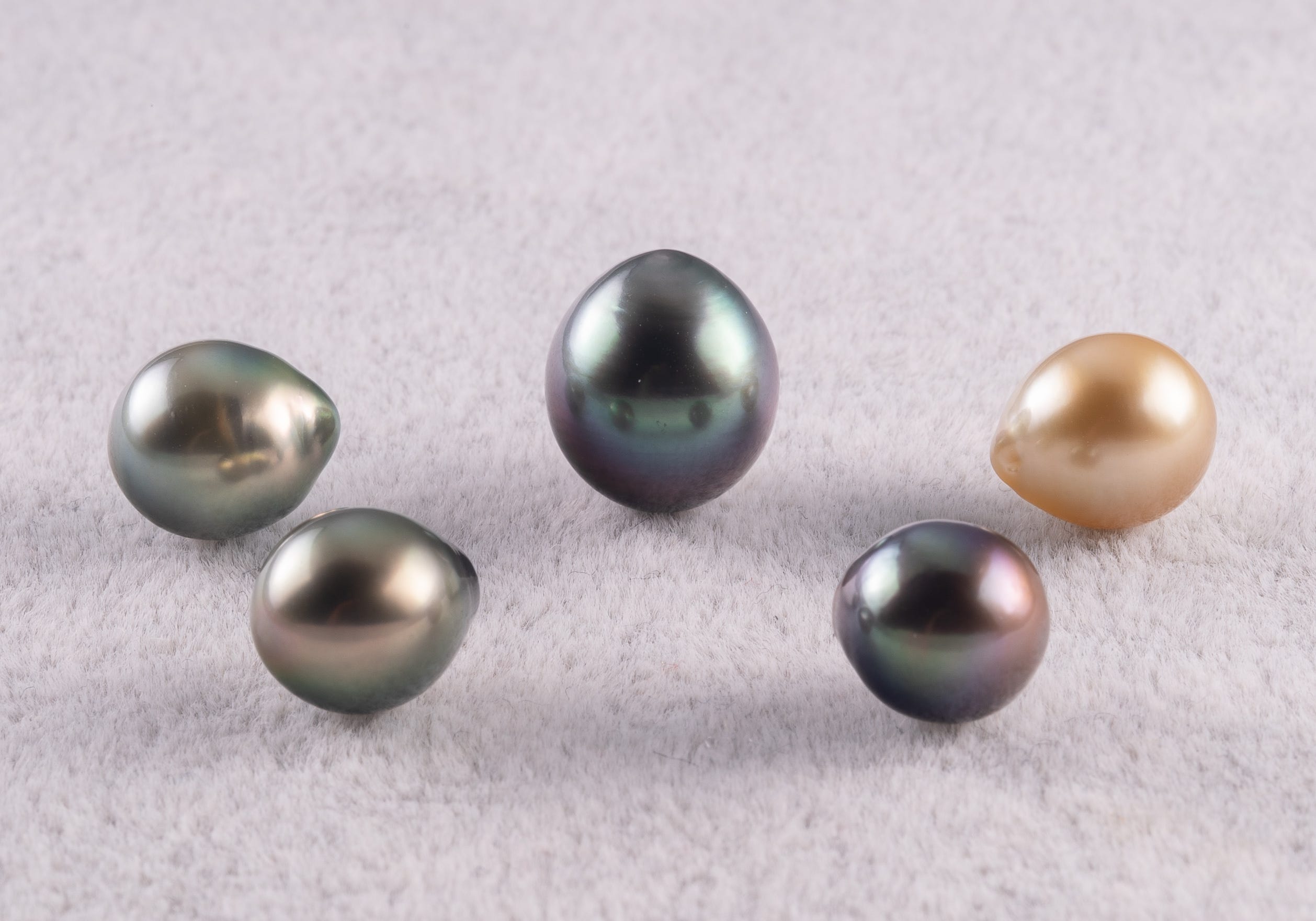
In nature, you may find a pearl in one of 15 000 oysters. However, due to cultivation and selection, pearl farmers not only can produce large amounts of all colors, sizes and quality of pearls, but they can predict when the pearls are ready for harvesting. The Harvesting period on the small islands near Tahiti is quite a busy time. From dawn till dusk, men and women gather their product, sort it out and get it ready for the market. After the harvest, they make sure to prepare the next batch of oysters, so in about 18 to 24 months, they will have new crops.
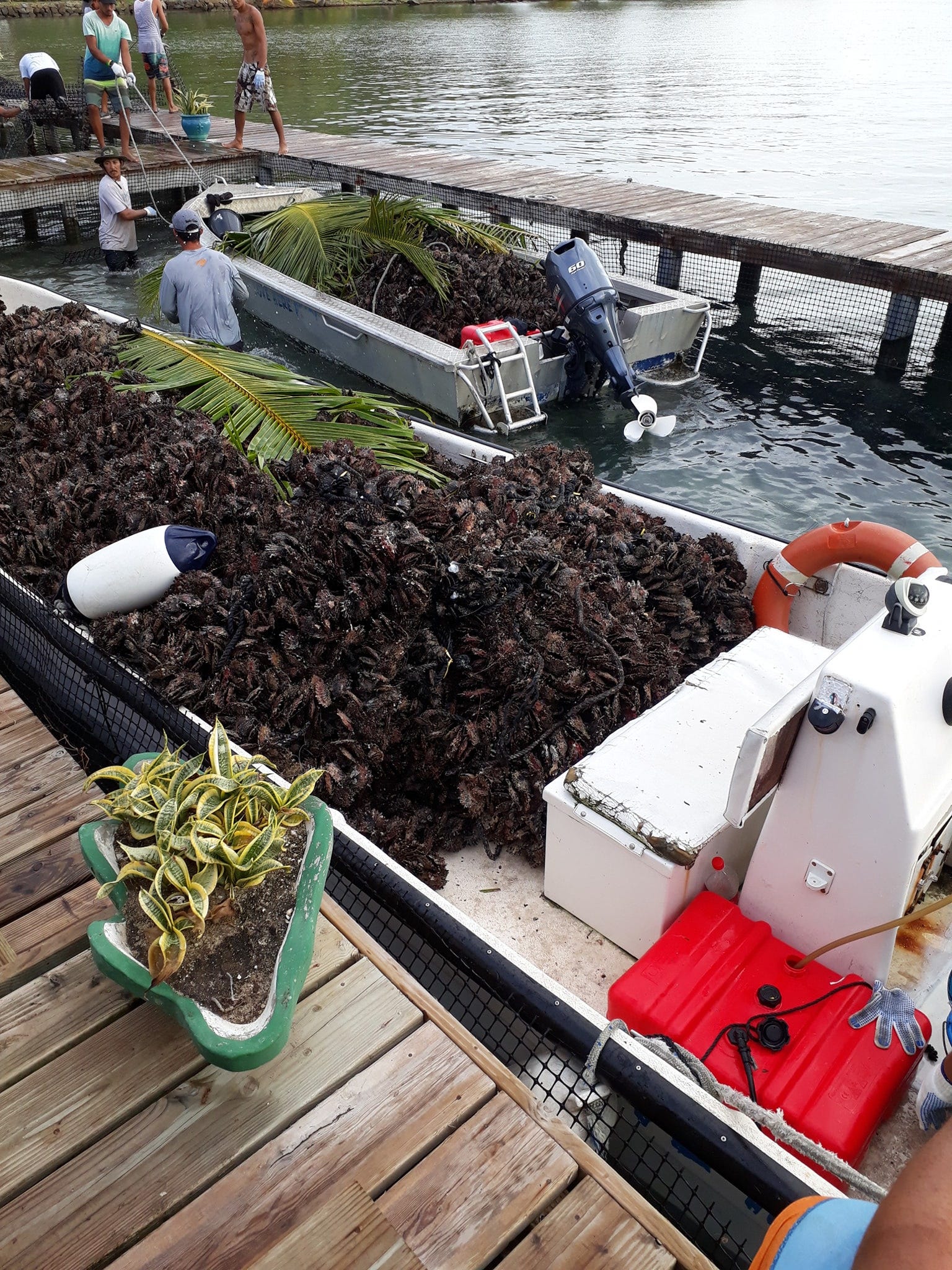
Next time you wonder what pearl to buy, just remember that you are not feeding some giant corporation that exploits people and nature by purchasing a Tahitian pearl. Instead, you are providing the means for a Tahitian family to keep their home and livelihood on their small atoll in the middle of nowhere.
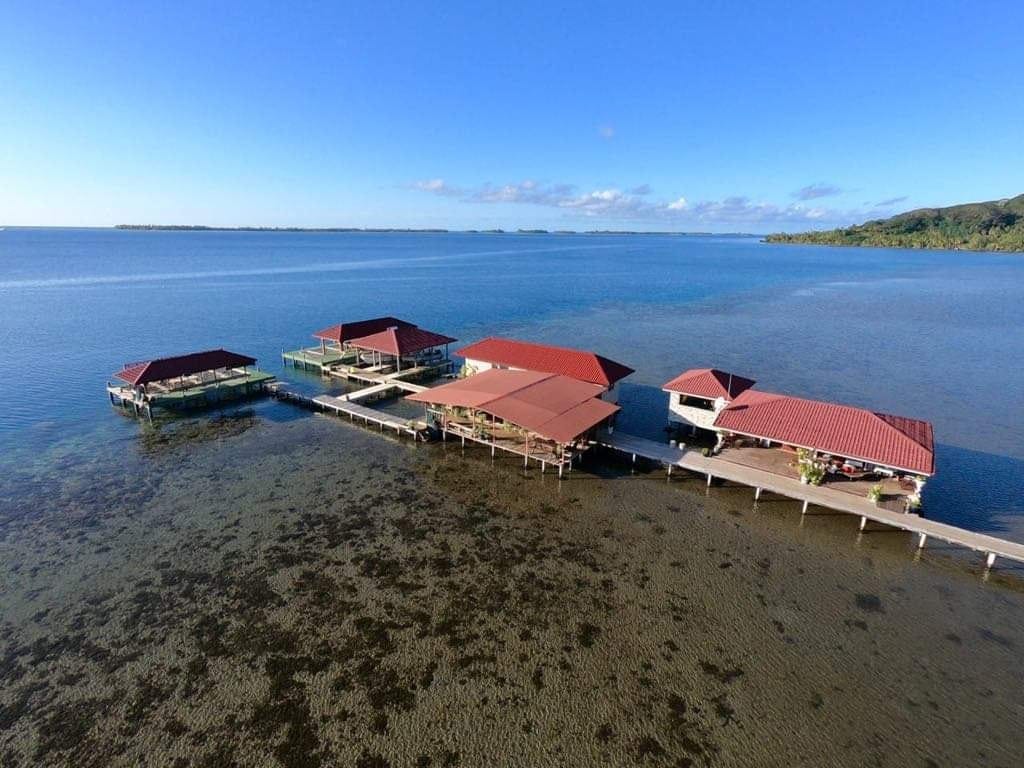


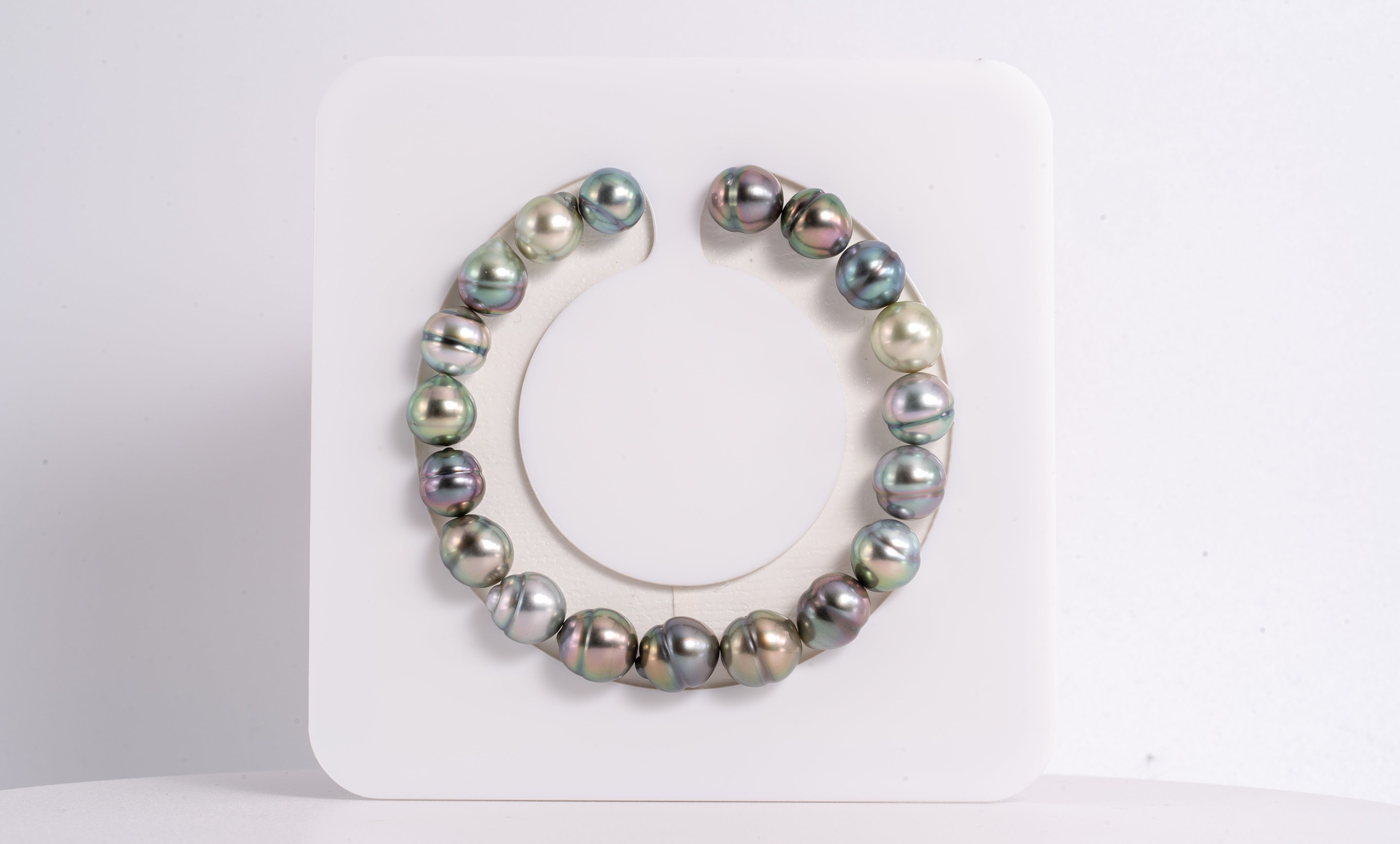
Leave a comment
This site is protected by hCaptcha and the hCaptcha Privacy Policy and Terms of Service apply.